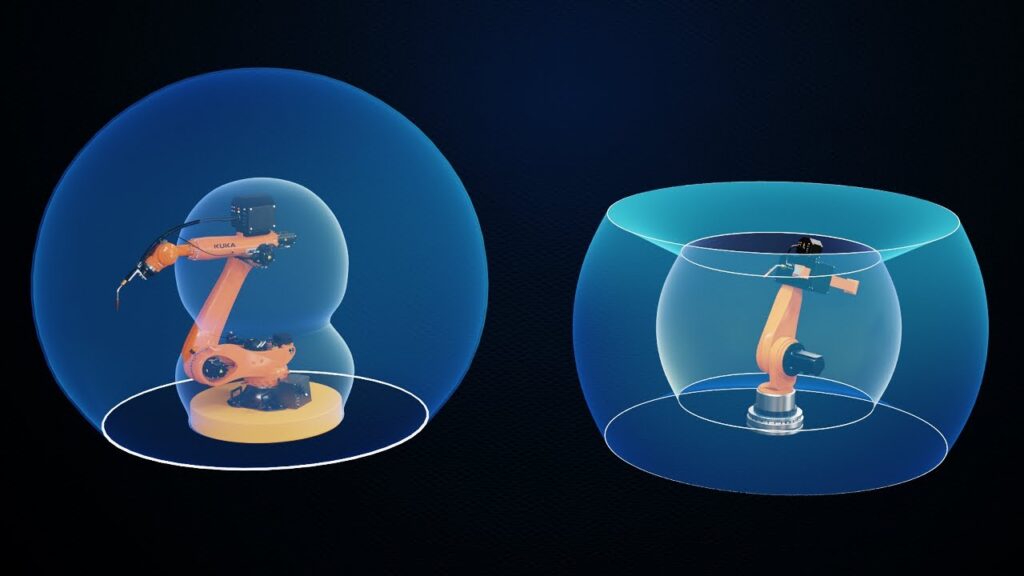Industrial Robots and Understanding Work Envelopes of Robots!
In today’s advanced technological era, robots have become an integral part of numerous industries, revolutionizing the way various tasks are performed. From manufacturing to logistics, these sophisticated machines have the ability to carry out complex operations with precision and efficiency. One crucial aspect of designing robots is the work envelope requirement, which determines the volume the robot’s end effector can reach. This article delves into the fascinating world of industrial robots and sheds light on the importance of understanding their work envelopes.
Industrial robots have greatly transformed the manufacturing landscape by automating repetitive and labor-intensive tasks. These machines offer increased productivity, improved quality control, and the ability to operate in hazardous environments. However, designing an industrial robot requires careful consideration of its intended tasks and the range it needs to cover.
The work envelope of a robot refers to the volume or space that the robot’s end effector, such as a gripper or a welding tool, can reach. It is crucial to have a thorough understanding of the work envelope as it determines the robot’s flexibility and effectiveness in performing its designated tasks.
To illustrate the significance of the work envelope, let’s consider a case study in the automotive industry. A leading car manufacturer initiates a project to automate their assembly line using industrial robots. The technical engineers are tasked with designing and programming the robots to seamlessly perform various assembly operations. The customer, in this case, is the car manufacturing company seeking to improve their production efficiency.
In a manufacturing setting, the work envelope of a robot is determined by the physical constraints of the operation area and the range of motion required for the specific task. The technical engineers meticulously analyze the workspace and identify the key parameters that define the work envelope. These parameters may include the maximum reach of the robot, the angles at which the end effector can move, and any potential obstacles that need to be considered.
In the case study, the technical engineers design robots that can precisely install bolts and screws in specific locations of the car chassis. To ensure the robots can reach all the required points, they carefully calculate the work envelope, taking into account the spatial constraints of the assembly line. By accurately defining the work envelope, the engineers ensure that the robots can perform their tasks efficiently and without any hindrance.
When it comes to industrial robots, accuracy and repeatability are paramount. The work envelope not only determines the physical limitations of the robot but also impacts its ability to perform tasks consistently and accurately. By thoroughly understanding the work envelope, technical engineers can optimize the robot’s programming, minimizing errors and reducing downtime.
Moreover, the work envelope plays a crucial role in ensuring the safety of both the robot and its human counterparts. Industrial robots are often integrated into collaborative work environments, where humans and robots work side by side. Understanding the work envelope allows engineers to program the robots to operate within defined boundaries, minimizing the risk of accidents or collisions.
In conclusion, industrial robots are a testament to human innovation and technological advancement. These machines have revolutionized multiple industries, providing increased productivity, efficiency, and safety. Understanding the work envelope of a robot is of utmost importance, as it determines the robot’s capabilities, flexibility, and overall effectiveness. By carefully analyzing the work envelope, technical engineers can design robots that seamlessly perform their intended tasks, ensuring optimal performance and workplace harmony.
References:
– Industrial Robots. (n.d.). Retrieved from [remove URL]
– Understanding Work Envelopes of Robots! (n.d.). Retrieved from [remove URL]
Industrial Robot
“Decoding the Work Envelopes of Robots: An In-Depth Look at Industrial Automation”


